Texas politicians say public schools are failing. Rural communities say otherwise
Since 1956, the idea of a school voucher program in Texas has been consistently — and successfully — shot down by Democrats and rural area Republicans.
Gov. Greg Abbott made a statewide school voucher program a high priority this session, speaking about “education freedom” in cities around the state during “parent empowerment nights.”
David DeMatthews, University of Texas at Austin Educational Leadership and Policy professor, said a voucher program would have detrimental effects on rural communities.
“In rural communities, public schools are one of the few institutions that are still there and providing services and support. So they’re proud of their public schools, they work for their public schools, they vote at their public schools, they go to football games at their public schools — so the public schools are really meaningful,” he said. “Because rural schools tend to be a lot smaller, the impact of vouchers — the impact of losing just a few students — could be so significant to a rural school that they couldn’t come back from.”

Would a voucher program help or hurt rural districts?
Senate Bill 8, introduced in March by Sen. Brandon Creighton, R-Conroe, proposes an education savings account program which would give families with children in public school up to $8,000 in public money annually to use toward private school tuition.
The bill was created to give Texas parents a choice in where their children are educated.
“I have heard so many parents and teachers across Texas raise concerns about what is being taught in classrooms today. Our schools are for education, not indoctrination,” Abbott said in a statement following Parent Empowerment Day at the Texas Capital March 21. “The solution to this problem is empowering parents to choose the school that’s right for their child, and that’s what we will pass this legislative session in Austin.”
By expanding school choice and empowering parents to choose the opportunity that works best for their child, Texas children will excel like never before.
Now is the time for school choice in Texas.
Read more from our Parent Empowerment Night in Cypress: https://t.co/suJX1T28B5 pic.twitter.com/rorCqRMQOt— Gov. Greg Abbott (@GovAbbott) March 22, 2023
Morgan Mill ISD, located in the community of Morgan Mill which is north of Stephenville, consists of one school with grades pre-K through 8th grade. Superintendent Wendy Sanders has worked in public education for 15 years, exclusively in small, rural schools.
During his speech at the Texas capital, Abbott said the pandemic shed light on what students were being taught in public schools.
“We saw, astonishingly, what some of our children were being taught. It could be in urban districts, it could be in suburban districts and, I’ve got to tell you, it exists in rural districts also,” Abbott said. “Our children are being taught a radical, woke agenda.”
While urban area districts grapple with book bans and critical race theory, Sanders said her district doesn’t deal with those issues.
Sanders said most schools in Erath County share a general feeling of community support for public education. For rural superintendents, the idea of public schools failing students is far from the truth.
“It is my opinion that the people in Austin who are pushing these voucher programs are trying to create the illusion that public schools are failing,” Sanders said. “But that is not the case in any way, shape or form.”
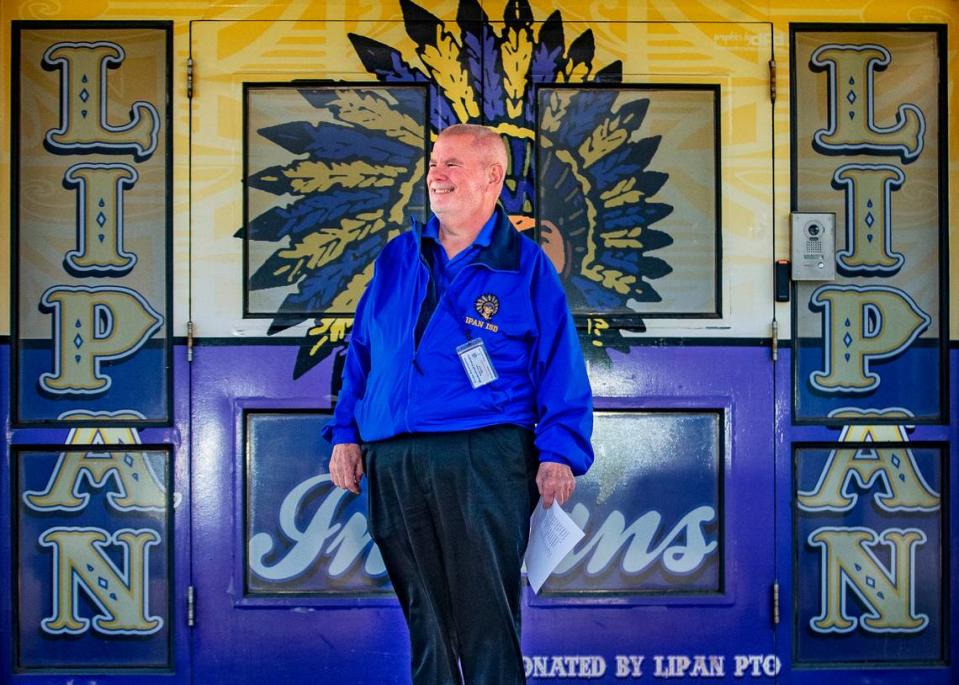
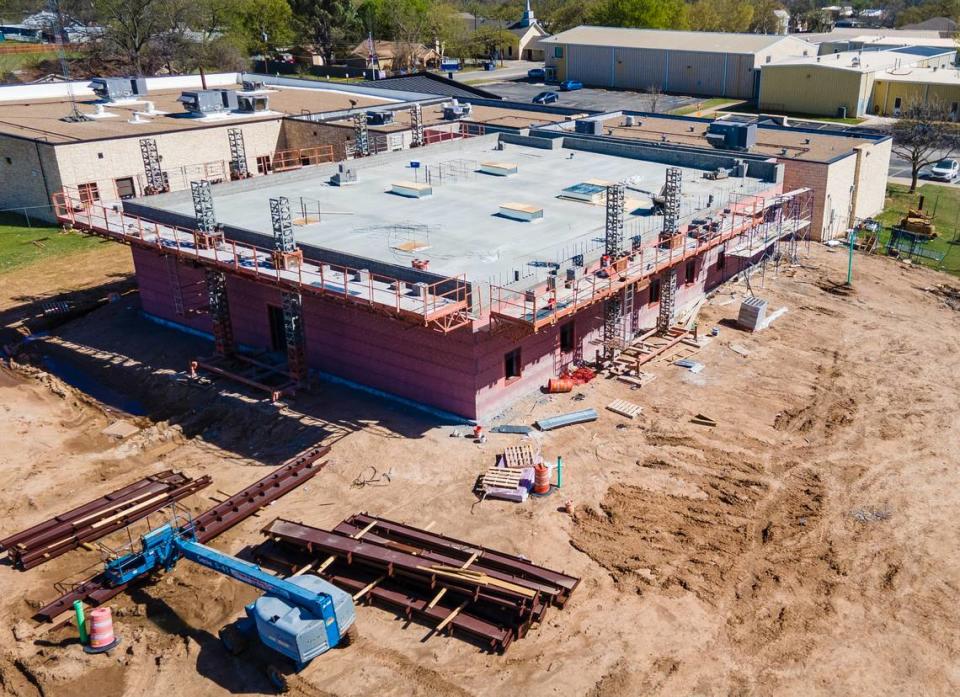
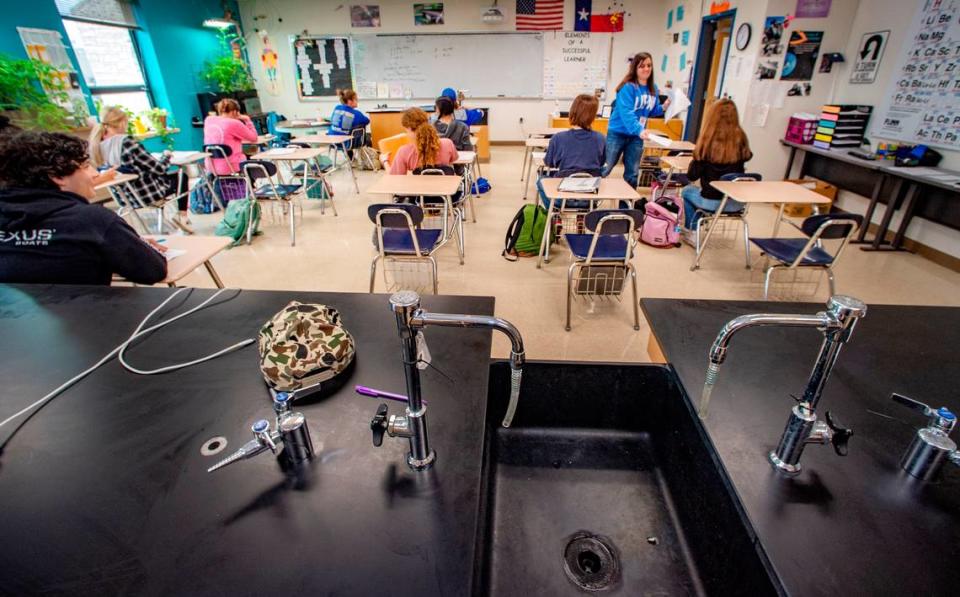
Lipan ISD, in Hood County, has community support which did not falter during the pandemic. Lipan ISD Superintendent Ralph Carter said the district was able to pass its bond in the middle of the pandemic and has received community support in both its academic and athletic programs.
“They realize that we have an open environment and they come in and voice their opinions, and they come in and roll up their sleeves and help us do what needs to be done, so I would say our community support is tremendous,” Carter said.
Lipan ISD received an A rating by the Texas Education Agency for 2022, ranking high for college and career readiness, STAAR performance and graduation rates.
Carter said the voucher program could hurt students who can’t afford the total cost of private education and the economy of the city.
While there are private schools outside of Lipan, there are no options in the area, Carter said. If a Lipan ISD student were to use the voucher program to move to a private school, it would require traveling outside the city to Granbury, Stephenville or Weatherford unless they opted for an online program, he said.
“The biggest employer in Lipan is the school district and if the public school closes then that’s going to negatively affect the community,” Carter said. “I realize we do have some teachers that drive in, but the vast majority live right around Hood County area DASH either Erath or Hood or Parker DASH and come in from those areas. It would be debilitating to the economy of any rural community that the primary source of income is the school district.”
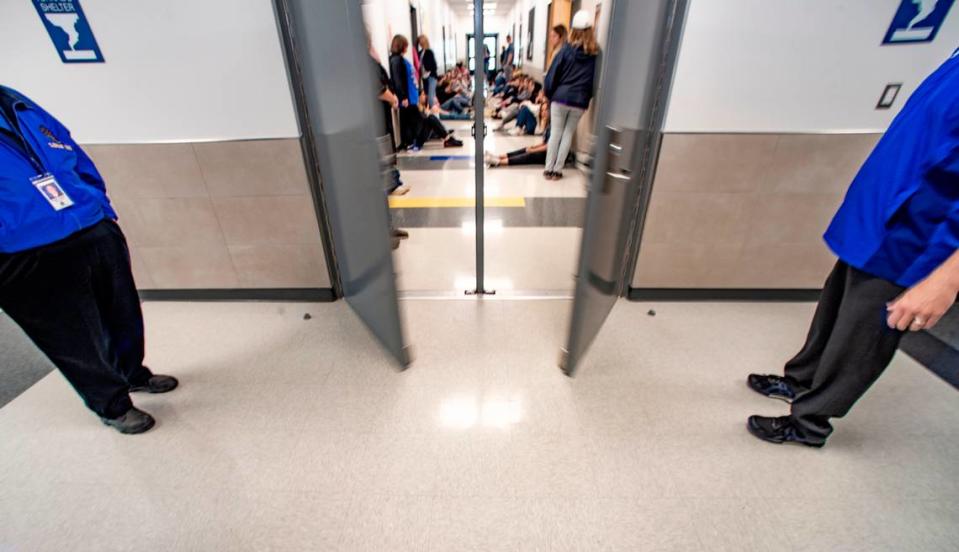
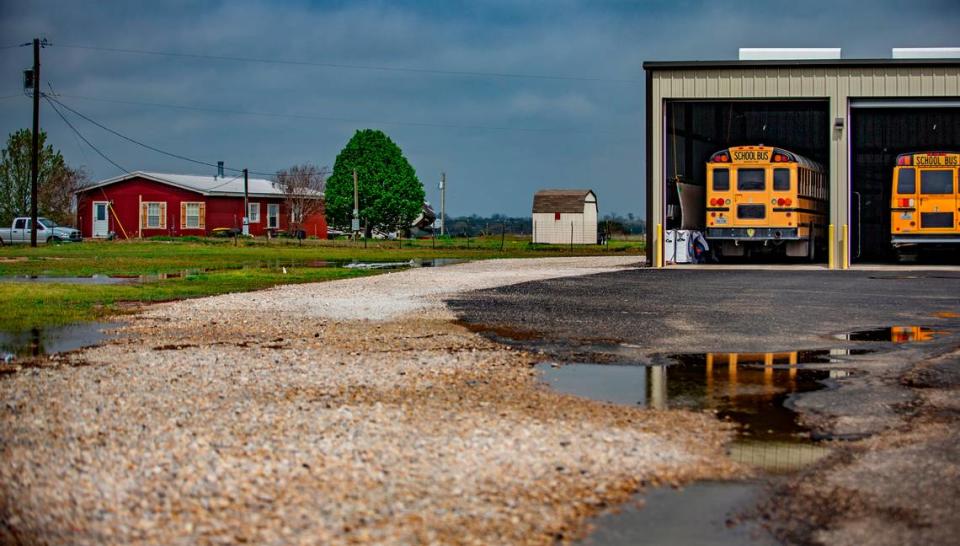
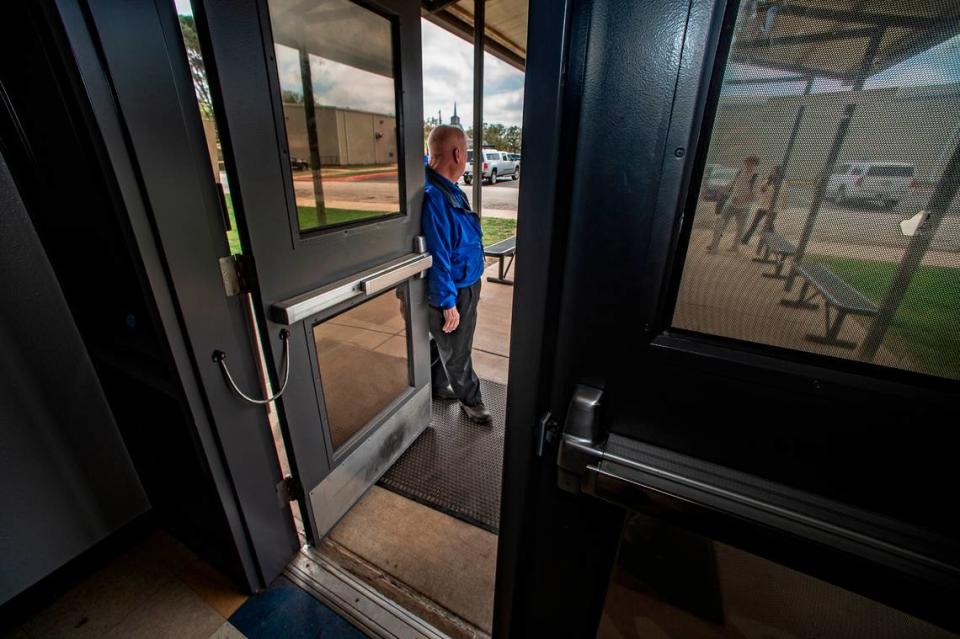
How long have school vouchers been proposed in Texas?
The idea of school vouchers in Texas dates back to 1956 when a legislative advisory subcommittee on segregation in public schools proposed a way to give parents a choice on whether to send their student to an integrated school or not.
The committee was created in response to the 1954 Supreme Court decision in Brown v. Board of Education, which made segregation in public schools unconstitutional.
“The abolition of compulsory education in such situation gives the parent a choice, the choice of integrated education for his children or no education,” subcommittee members said in the report. “We do not believe that this is a satisfactory choice, and accordingly we recommend that the Legislature give serious consideration to some sort of tuition grant plan, whereby a parent who does not wish to place his child in an integrated school may receive State funds to have the child educated in a segregated, non-sectarian private school.”
Since then, DeMatthews said legislation promoting a voucher program has always been voted down in a bipartisan way.
Have school voucher programs worked in the past?
Research from other state voucher programs indicate academic decline among students who accepted vouchers, DeMatthews said.
In a study on the Indiana Choice Scholarship Program by the University of Kentucky and Notre Dame University, researchers found that students who accepted vouchers lost ground in math, and that those losses persisted for years afterward.
Students who struggled academically in public schools struggled to keep up when moved to private schools, where expectations were higher and the curriculum was more rigorous than anything they’d seen before, Joe Waddington, a professor in the University of Kentucky’s College of Education, told the Star-Telegram.
Researchers with the University of Arkansas who studied Louisiana’s program found similar examples of academic decline among students who accepted vouchers.
A study on Arizona’s voucher program, conducted by Grand Canyon Institute researchers, found that vouchers go mainly to existing private school students.
Arizona’s scholarship program was originally an education savings account for students enrolled in low-rated schools, students with disabilities and children in foster care. After the program was expanded to any student who applied, researchers found 80% of applicants weren’t enrolled in public schools and that 45% were among the wealthiest families in the state.
How would school vouchers impact public schools?
To offset funding cuts in smaller districts, Senate Bill 8 proposes that public school districts with less than 20,000 students would receive $10,000 a year for each student they lose because of the program. However, this additional funding would be available for the first two years of the program and would not be permanent.
For Morgan Mill ISD, the loss of funding from public school students moving to private education would be a heavy blow felt beyond the school district.
An audio recording posted to YouTube recorded TEA Deputy Commissioner Steve Lecholop admitting that funding to public school districts could decrease with a voucher program. The Texas Tribune reported that the recording was the first time a top TEA official has spoken explicitly in support of expanding voucher-like programs in the state.
DeMatthews said decreased funding in public schools would mean cutting a teacher for a grade level — something small districts can’t afford.
“This school is the center of this community,” Sanders said. “It is the biggest employer in Morgan Mill. Everybody in this community supports this school very much.”

 Yahoo Sports
Yahoo Sports 